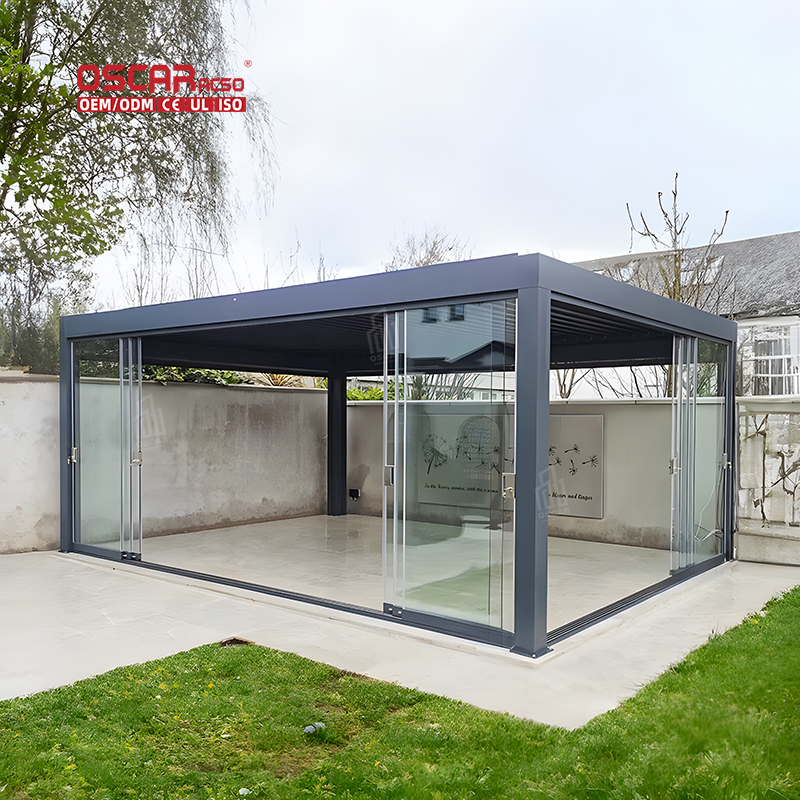Pergola Orientation Secrets, Unlock Perfect Sun and Shade
Ever wondered why some pergolas feel blissfully cool all day while others are sun traps? 🤔 It’s not magic—it’s all about...

Ever wondered why some pergolas feel blissfully cool all day while others are sun traps? 🤔 It’s not magic—it’s all about orientation! Aligning your pergola correctly transforms your outdoor space into a comfortable, functional retreat. Let’s dive into how to position your pergola for optimal shade, sunlight, and style.
Why Direction Matters
The sun’s path is the biggest factor in pergola placement. A north-facing pergola provides consistent shade as the sun moves, making it ideal for hot climates 🌞. East-facing structures capture gentle morning light but offer relief from harsh afternoon heat. For all-day winter sun and summer shade, angled slats (louvers) set east-west can be adjusted seasonally . Pro tip: Use a sun-tracking app to determine the best angle for your location!
Rafter Alignment: Key to Shade Control
For maximum shade, rafters should run north-to-south rather than east-west. This orientation ensures shade coverage during both morning and afternoon sun . Spacing rafters 16–24 inches apart (center-to-center) balances light and shade . Want a decorative touch? Add rounded ends to rafters for visual appeal!
Climate Considerations
- •
Wind Exposure: Shelter your pergola from strong winds to prevent instability .
- •
Rainfall: In wet climates, a 5–10 degree slope is essential for drainage . Steeper slopes (up to 30 degrees) work better for heavy rain.
- •
Snow Loads: For snowy regions, reduce rafter spacing to support weight .
Fixed vs. Adjustable Designs
- •
Fixed Slats: Simple and classic but lack flexibility.
- •
Louvered Roofs: Adjust slats to control sunlight and ventilation—perfect for changing weather . 💡 My view: Louvered systems are worth the investment for versatility!
Structural Tips
- •
Use notched rafters for flush beam connections and stability .
.jpg)
- •
Anchor posts securely in concrete or with ground screws to prevent leaning .
- •
For long spans (e.g., over 10 feet), double up 2×6 rafters or use thicker beams .
.jpg)
Aesthetic Integration
Align your pergola with your home’s architecture. Attached pergolas should complement rooflines, while freestanding ones can define garden zones 🌿. For a natural look, train climbing plants over the structure—they add shade and beauty!
.jpg)
Common Mistakes to Avoid
- •
❌ Ignoring local building codes for spans and materials.
- •
❌ Flat roofs without drainage slopes, causing water pooling.
- •
❌ Poor post anchoring, leading to instability in storms.
Final Thoughts
There’s no one-size-fits-all answer for pergola orientation. Consider your climate, sun exposure, and how you’ll use the space. North-south rafter alignment and adjustable louvers are game-changers for custom comfort. Now, go create your perfect outdoor oasis! 🍹


